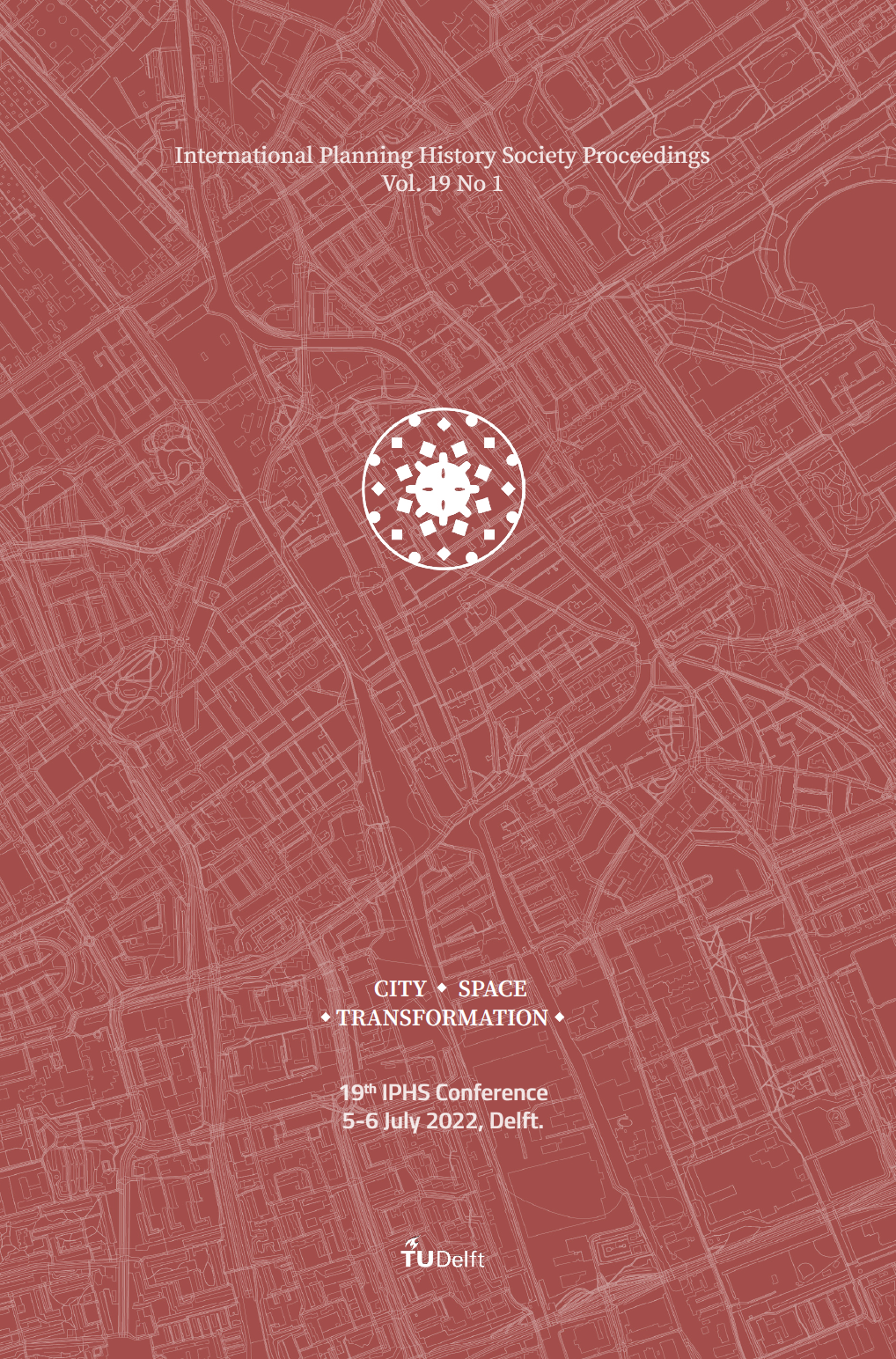A Theory-Based Approach to Urban Planning at the City Edge
An Analysis of Japan before World War II
DOI:
https://doi.org/10.7480/iphs.2022.1.6502Abstract
Early urban plans in Japan, such as the Tokyo Park System, included wedge-shaped green belts that penetrated urban areas. The reasons for their establishment, however, were unclear. To explore the reasons behind them, focusing on the outskirts of cities is necessary. Therefore, the purpose of this study was to focus on the green areas at the edge of urban areas to decipher the ideas of urban planning experts from that time and clarify the planning background behind these wedge-shaped green spaces. By keyword searches at the National Diet Library, thirty-nine documents on urban planning up to 1945 were selected. Subsequently, we analyzed them with a focus on the ideal city size and objectives of green spaces. As a result, many experts believed that cities should be developed in a planned manner. Furthermore, most experts understood green belts as a natural enclosure for the artificiality of the city, instead of a non-urban area to control the area of the city. From the above-mentioned results, it is believed that wedge-shaped green spaces emerged to satisfy the demands of the experts of the day, which were to ‘develop cities’, ‘prevent continuous urban areas’, and ‘bring cities and nature closer together’.
Downloads
Published
How to Cite
Issue
Section
License
Copyright (c) 2022 Junko Sanada, Takaaki Nakagawa, Shiho Kataoka

This work is licensed under a Creative Commons Attribution 4.0 International License.

